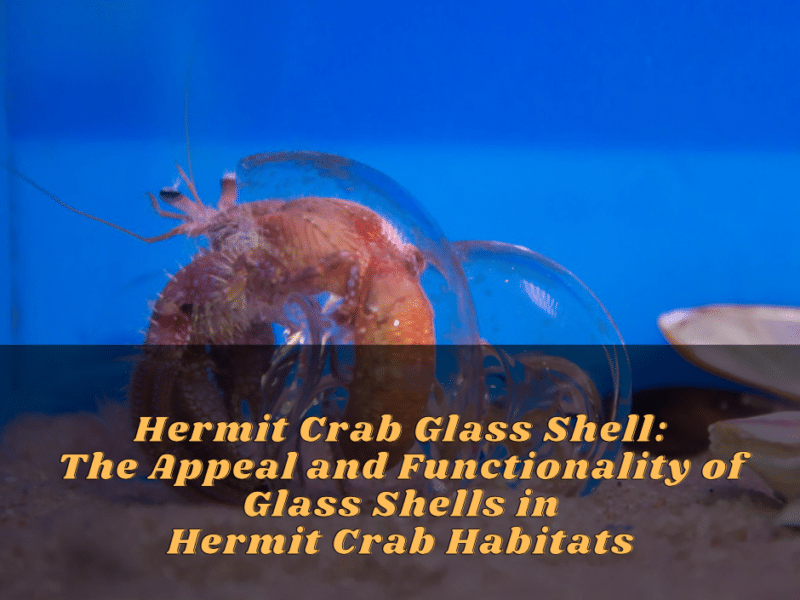|
Listen:
Getting your Trinity Audio player ready...
|
Not all nematodes are a menace, scavenger nematodes can help break down the organic waste in the aquarium. Some species are parasitic worms that can inhabit the intestines of tropical fish, often appearing in the anus of the fish. If you are treating your fish tank for nematodes, make sure that they are the parasitic kind. Anti-worm medication developed for aquariums are usually affective against nematode worms.
Fish lice, also known as Argulus, are one of the biggest parasites (5-10 mm) and visible with the naked eye. Argulus adhere to the flesh by means of various suckers and hooks. Once attached their mouth pierces the skin and they begin to feed on the host fish. Fish with lice show typical irritation responses such as rubbing and flashing.
In addition to physical damage, affected fish are subjected to severe stress, which can lead to secondary parasite or bacterial infections. This type of combined attack on weakened fish can result in high numbers of fatalities.
The parasite may periodically release itself from one fish and swim to another but cannot live for extended periods without a fish host on which to feed. The adult female leaves the fish host to lay her eggs on submerged objects or plants. Eggs hatch and infants must find a host within a few days or they will die.
The swim bladder is a small sac in the abdomen which is responsible for maintaining buoyancy. Swim bladder disease most often presents as a fish which floats at the surface, or a fish which stays on the bottom and doesn’t seem to be able to rise. In less severe cases it can just seem like if the fish was having trouble keeping its balance. The illness primarily affects fish which have globoid body shapes.
Swim bladder problems can be the result of poor diet, causing constipation which in turn can lead to swelling of the abdomen preventing the swim bladder from working properly.
Cloudy eye disease will cause the surface or lens of the eye to appear cloudy with a whiteish opaque appearance. Initially there might not be too much of a change in behavior of your fish but you will notice the eye discoloration and excessive mucus may build up on the surface of the eye. The most common cause of cloudy eyes in aquarium fish seems to be poor water quality, especially when the pH drops too low.
Pop-eye disease doesn’t occur too often and the causes are usually bacteria or poor water conditions. Pop-eye is sometimes hard to diagnose properly in the early stages as it can easily be mistaken for other more common diseases. If this disease is not detected soon after it is caught the fish could lose sight in one or both of its eyes. The good news is that pop-eye is not often fatal, especially if given proper treatment.
The symptoms of pop-eye are the eye beginning to protrude and a build up of fluid forms in and around the eye. In many cases, the eye will develop a haze that is white in colour. Inflamed eye sockets are also common.
Hole in the head disease is a fairly common disease of freshwater tropical fish that primarily affects cichlids, discus, and oscars. Another common name for this disease is lateral line erosion. There are several suspected causes of this disease, and while it can be fatal, if treated early, most fish can survive.
The signs include pitting-type lesions on the head and lateral line. The condition may be mild at first, but if changes to the environment and treatment are not initiated, the holes will become larger and secondary bacterial and fungal infections may develop. The effected areas can deteriorate and have horrific results, usually affecting the eye area. The fish becomes systemically ill with loss of appetite and death.

